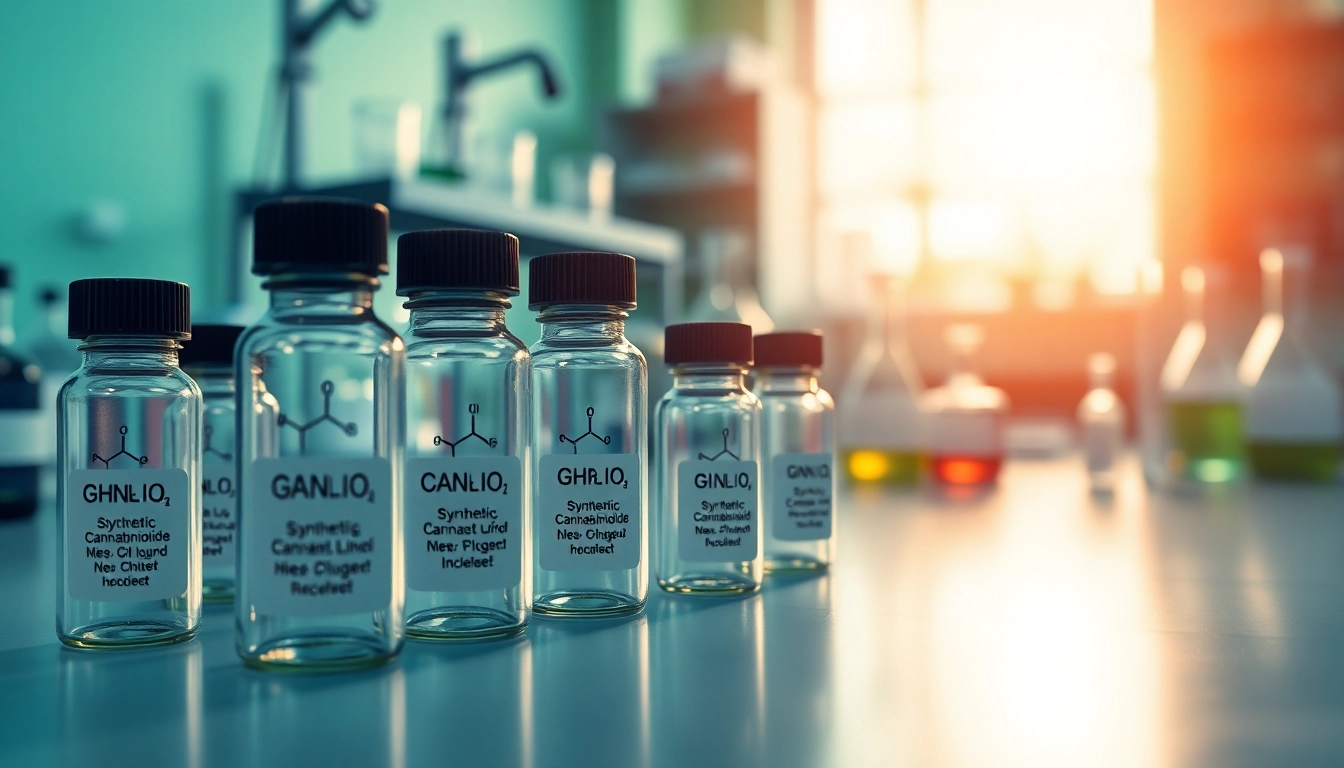Understanding Cellulite: Causes and Impact
What is Cellulite?
Cellulite is a common skin condition characterized by a dimpled, lumpy appearance most often found on the thighs, buttocks, and abdomen. This aesthetic issue occurs when fat deposits push through the connective tissue beneath the skin, which creates the uneven texture. While it affects both men and women, it is especially prominent in women due to differences in fat distribution, muscle, and connective tissue. The aesthetic concerns surrounding cellulite have led many to seek cellulite therapy and various treatment options to reduce its appearance and improve skin tone.
Common Causes of Cellulite
The development of cellulite is influenced by various factors:
- Genetics: Family history plays a significant role in determining the likelihood of developing cellulite. Certain genes can affect the distribution of fat and connective tissue.
- Hormonal Changes: Hormones, particularly estrogen, are linked to cellulite development. Fluctuations in hormone levels during puberty, pregnancy, or menopause can exacerbate the condition.
- Dietary Choices: A diet high in fat, carbohydrates, and salt, coupled with low fiber intake, may lead to increased cellulite. The accumulation of toxins and poor hydration can also contribute to its formation.
- Physical Activity: Lack of physical activity can result in weakened muscles and increased fat accumulation, both of which can enhance the appearance of cellulite.
- Age: As skin ages, it loses elasticity and collagen, making cellulite more visible.
The Psychological Effects of Cellulite
Beyond the physical characteristics of cellulite, there are profound psychological effects associated with this condition. Many individuals experience reduced self-esteem and body image issues stemming from the perception that cellulite is unattractive. This pressure is amplified by societal standards of beauty, often leading to anxiety and social withdrawal. Understanding these psychological impacts is essential for both potential patients and practitioners in the field of cellulite therapy.
Exploring Cellulite Therapy Options
Non-Invasive Cellulite Therapy Methods
Non-invasive therapies are popular choices for individuals seeking to reduce the appearance of cellulite with minimal downtime. These methods typically involve topical treatments or devices that stimulate circulation or improve skin texture.
Massage and Manual Therapy
Massage therapy can help improve blood circulation and lymphatic drainage, which may mitigate the appearance of cellulite. Techniques such as deep tissue massage or specialized cellulite massagers are employed to target affected areas.
Radiofrequency Treatments
Radiofrequency (RF) therapy uses electromagnetic waves to heat the skin’s deeper layers, stimulating collagen production and tightening the skin. Such methods can reduce the visibility of cellulite over time by improving skin texture.
Ultrasound Therapy
Ultrasound treatments involve delivering sound waves to beneath the skin, targeting fat cells and causing them to break down, which can diminish the appearance of cellulite.
Minimally Invasive Procedures for Cellulite
For those seeking more significant results, minimally invasive treatments provide options such as:
Subcision
Subcision is a procedure that involves inserting a needle beneath the skin to break up fibrous bands that contribute to the dimpled appearance of cellulite. By severing these bands, the skin can appear smoother and more even.
Cellulaze
This laser treatment is performed under local anesthesia and aims to reduce cellulite’s appearance by targeting the underlying structures that cause it. The laser helps to break down fat and tightens the skin, resulting in improved texture.
Topical Solutions in Cellulite Therapy
Topical treatments primarily consist of creams and gels containing active ingredients like caffeine, retinoids, or antioxidants designed to improve skin texture. While these preparations can provide modest effects, they typically work best when used in combination with other therapies, such as massage or exercise.
Measuring the Effectiveness of Cellulite Therapy
Key Metrics for Success
When assessing the effectiveness of cellulite therapy, it is essential to establish clear metrics, which may include:
- Visual Improvement: Photographic evidence over time can help patients and practitioners evaluate changes in the appearance of cellulite.
- Patient Satisfaction: Surveys and feedback mechanisms can gauge improvements in self-esteem and body image following treatment.
- Skin Smoothness and Texture Changes: Clinical assessments of skin smoothness and texture can provide objective measures of progress.
Patient Experiences and Testimonials
Real-world experiences can provide valuable insight into the effectiveness of different cellulite therapies. Testimonials often highlight the emotional and mental boosts associated with seeing improved skin. Sharing personal stories can foster community support and encourage others struggling with cellulite to seek out treatment.
Research Support for Treatment Methods
Evidence-based research plays a crucial role in validating the efficacy of various cellulite therapies. Clinical trials and scientific studies often accompany treatment advancements, helping shape best practices and informing patients about realistic outcomes.
Best Practices for Long-lasting Results
Post-Treatment Care and Maintenance
To maximize the results of cellulite treatments, adequate post-treatment care is crucial. Patients are often advised to follow a prescribed regimen of skin care, maintain hydration, and undergo periodic follow-up treatments. Additionally, incorporating gentle massages can enhance lymphatic drainage and support skin healing.
Diet and Lifestyle Considerations
Adopting a healthy lifestyle can significantly influence the effectiveness of cellulite therapy. A balanced diet rich in whole foods, lean proteins, and healthy fats, coupled with regular physical activity, can help manage body composition and improve overall skin appearance. Staying well-hydrated also supports skin health.
Combining Treatments for Optimal Outcomes
For many patients, a combination approach that includes various modalities—such as non-invasive methods, topical solutions, and lifestyle changes—proves to be the most effective strategy for reducing cellulite. By diversifying treatment options, practitioners can tailor solutions based on individual needs, maximizing overall benefit.
Future Trends in Cellulite Therapy
Innovations in Treatment Technology
The field of cellulite therapy continues to evolve, with ongoing advancements in technology leading to more effective treatment options. Emerging techniques such as cryolipolysis and RF microneedling are showing promise in targeting fat and improving skin texture, which may redefine standard treatment protocols.
Emerging Research and Techniques
Scientific investigations into the biological underpinnings of cellulite are paving the way for innovative therapies. Research into gene therapy and regenerative medicine holds potential for future treatments that can address the root causes of cellulite effectively.
Community Support and Awareness Initiatives
Increased awareness and education surrounding cellulite and its treatment options are crucial for improving patient outcomes. Support initiatives that offer workshops and informational sessions can empower individuals to pursue effective therapies and embrace body positivity.



